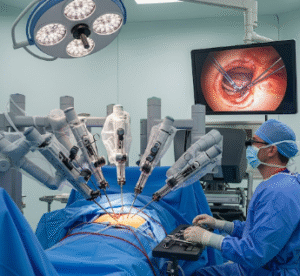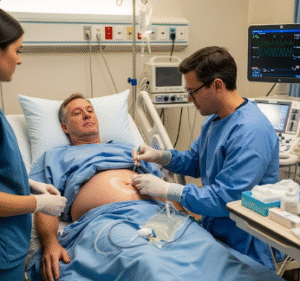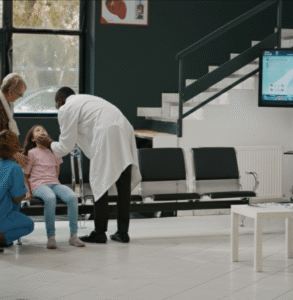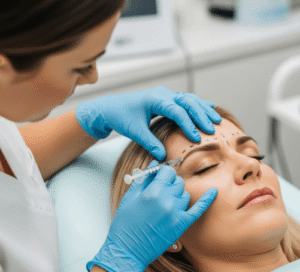What It Is
Canthoplasty is a surgical procedure that reshapes or repositions the outer corner of the eye (lateral canthus) to achieve a more attractive eye shape, improve symmetry, or correct functional issues. It is commonly performed in Korea for both aesthetic enhancement and medical correction.
There are different approaches:
- Lateral canthoplasty: Enlarges and lengthens the eye horizontally for a softer, wider appearance.
- Medial canthoplasty (epicanthoplasty): Opens the inner eye corner, often combined with double eyelid surgery.
- Functional canthoplasty: Corrects eyelid malpositions like ectropion or entropion.
Why It’s Done
Patients undergo canthoplasty because:
- They want to achieve larger, more defined, or almond-shaped eyes.
- They want to soften a sharp or narrow eye shape.
- They need correction of eyelid malposition causing irritation or vision problems.
- It can be combined with double eyelid surgery or ptosis correction for comprehensive eye rejuvenation.
Good candidates include:
- Individuals seeking cosmetic improvement of eye shape.
- Patients with eyelid malposition due to aging, trauma, or genetics.
- Those in good health with realistic expectations.
Alternatives
- Non-surgical options (Botox or fillers): May subtly change eye shape but cannot reposition the canthus.
- Blepharoplasty: Improves eyelid contour but does not specifically adjust eye corners.
- No treatment: If eye shape and function are acceptable.
Preparation
Before canthoplasty in Korea, patients will:
- Have an in-depth consultation with eye measurements and photography.
- Choose the desired angle, length, and shape of the eyes.
- Stop smoking and alcohol 2–4 weeks before surgery.
- Avoid blood-thinning medications and supplements.
How It’s Done
- Anesthesia: Local anesthesia with sedation or general anesthesia.
- Incision: A small incision is made at the outer or inner corner of the eye.
- Reshaping: The lateral or medial canthus is repositioned, sometimes with tendon tightening.
- Closure: Fine sutures are placed to achieve natural healing.
- Duration: 1–2 hours, outpatient procedure.
Recovery
- First week: Swelling, bruising, and mild discomfort are common; cold compresses help.
- Return to activities: Most patients resume normal activities in 5–7 days; strenuous activity avoided for 2–3 weeks.
- Final results: Natural eye shape and symmetry appear within 1–2 months.
Possible Complications
- Asymmetry or uneven eye shape.
- Scarring or visible incision lines.
- Overcorrection or undercorrection of the eye angle.
- Dry eyes or irritation (temporary).
- Rare risks: vision changes or excessive tearing.
Treatment Options in Korea
Diagnosis
Korean surgeons use eye measurements, digital photography, and simulations to determine the best angle and degree of correction for each patient.
Medical Treatments
- Lubricating eye drops for dryness.
- Non-surgical rejuvenation methods (lasers, fillers) for periocular aesthetics.
Surgical or Advanced Therapies
- Lateral canthoplasty for elongating and softening the eyes.
- Medial canthoplasty (epicanthoplasty) for opening the inner corners.
- Functional canthoplasty for correcting ectropion or entropion.
- Combination with double eyelid surgery or ptosis correction for full enhancement.
Rehabilitation and Support
- Use of antibiotic ointments and lubricating drops.
- Scar care with silicone gels or fractional laser if needed.
- Follow-up visits for symmetry and healing checks.
- International patients benefit from Korea’s specialized oculoplastic surgeons, natural design approach, and advanced microsurgical precision.













